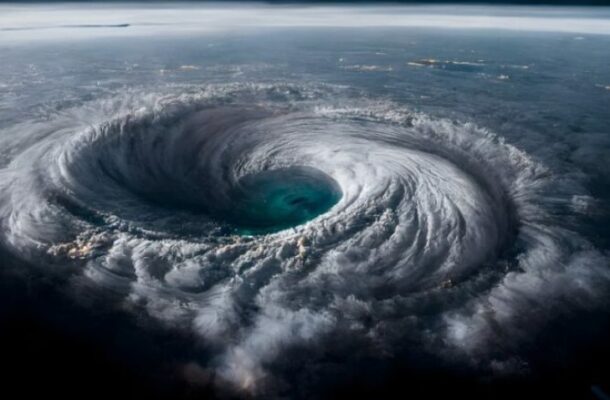Hurricanes pose significant threats with their powerful winds and torrential rains. Learn how these storms form, the dangers they present, and effec
Introduction
Hurricanes are among the most formidable natural disasters, unleashing powerful winds and torrential rains that wreak havoc on coastal regions. As climate change intensifies, the frequency and severity of these storms are projected to increase, making it crucial to understand their formation and the dangers they pose. This article explores the intricacies of hurricanes, their devastating effects, and strategies that can help mitigate the damage they cause.
The Formation and Classification of Hurricanes
Hurricanes begin as tropical disturbances in warm ocean waters, where surface temperatures must reach at least 26 degrees Celsius. Once winds exceed 60 km/h, these storms are classified as tropical storms; when they reach speeds above 120 km/h, they become hurricanes. The Saffir-Simpson scale categorizes hurricanes into five levels based on their wind speeds, helping to assess their potential for destruction.
Interestingly, the terminology used for these storms varies by region. In the North Atlantic and parts of the Pacific, they are known as “hurricanes,” while in the South Pacific and Indian Ocean, they are referred to as “cyclones,” and “typhoons” in the Pacific Northwest. This regional naming convention adds to the complexity of understanding these powerful storms.
Historically, the term “hurricane” originates from the indigenous Caribbean word hurakan, which translates to “evil spirits and weather gods.” This reflects the fear and respect that these storms have commanded throughout history.
The Dangers Posed by Hurricanes
Hurricanes are particularly dangerous due to their ability to produce destructive storm surges and catastrophic flooding. A storm surge occurs when ocean water is pushed ashore by hurricane winds, sometimes reaching heights of six meters and penetrating several kilometers inland. According to a 2014 National Geographic study, storm surges and flooding account for three-quarters of deaths related to Atlantic tropical cyclones.
For example, Hurricane Katrina, which struck the coast of Louisiana in 2005, resulted in around 1,200 fatalities, one-third of which were due to flooding. The storm is also infamous for causing $125 billion in damages, making it the costliest hurricane on record. In addition to storm surges, hurricanes can produce violent winds that lead to the formation of tornadoes and torrential rains that trigger floods and landslides, wreaking further havoc inland.
Mitigating the Impact of Hurricanes
Preparing for hurricanes involves several strategies, the most critical being accurate forecasting. Timely and precise weather predictions give communities the opportunity to evacuate and safeguard their property, significantly reducing potential casualties.
With climate change contributing to the increasing intensity and frequency of hurricanes, it is essential to address the root causes of this phenomenon. The 2018 hurricane season was one of the most active on record, with 22 major hurricanes in the Northern Hemisphere within a short span. Warmer ocean temperatures not only fuel the strength of these storms but also slow their progression, leading to prolonged exposure to dangerous conditions.
Scientists advocate for improved preparedness measures and addressing climate change to mitigate future hurricane impacts. This includes reinforcing infrastructure, implementing effective emergency response plans, and fostering community resilience.
Conclusion: Preparing for an Uncertain Future
As hurricanes continue to pose significant threats to coastal communities, understanding their formation and potential dangers is crucial. With the implications of climate change looming, the need for effective damage mitigation strategies has never been more pressing. By investing in forecasting, infrastructure improvements, and comprehensive preparation measures, societies can better protect themselves against the formidable forces of nature that hurricanes represent. Preparing now can help ensure that communities remain resilient in the face of future storms, safeguarding lives and minimizing destruction.

COMMENTS